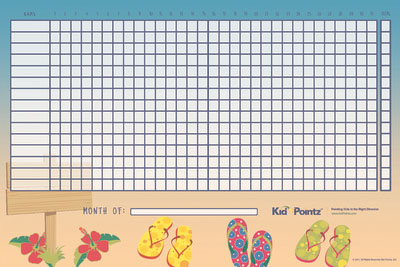

Ultimately, schools and teachers must consider what is best for their students and school culture. This kind of behavior education will help them to develop emotional skills for lifelong success. We can also teach them to use their innate empathy to support their peers through a rough patch. Instead of a public accounting of how well or how poorly students behave, we can help them to assess and manage their feelings and actions. Should we not also apply those efforts toward helping them learn to behave? Shifting our focus away from behavior charts may be a good first step. We teach them to read, to swim, to multiply, to drive. It’s often been noted that in almost every area of a student’s life, we teach. Students who don’t misbehave often report anxiousness and being uncomfortable witnessing a classmate having to “go pull a card” or “move your clothespin.” Changing the Focus of Behavior Education This pulls student attention away from the educational process, putting the spotlight on how they and their classmates are acting instead of what they should be learning. The ever-changing nature of behavior charts preys upon a student’s natural empathy for their classmates. And if you’re always watching for shenanigans, it’s harder to recognize and praise the good behaviors your students exhibit.īehavior charts also change the way students view their teacher and can foster anxiety even among the best-behaved students. It puts educators in the role of judge and places them in the position of constantly monitoring for poor behavior. Those who question the use of behavior charts say that no matter the positive intent, this tool assumes misbehavior will be the norm. Hardly the result you want when you’re teaching SEL! Many child psychologists note that these tools can be demeaning, shaming, and even cause anxiety within students.

A growing number of schools and educators have moved away from using them, believing they may do more harm than good. Recently, however, there’s been a call to reconsider the use of behavior charts. As part of social-emotional learning (SEL), a behavior chart can help to reinforce the behaviors that will allow students to become successful. Also, visual learners can clearly see where they stand.Īs a classroom management tool, behavior charts can be powerful… if their use is to intentionally create a positive learning atmosphere. The intent is to motivate students to behave and not to publicly shame. Everyone’s behavior is being tracked, so no individual is necessarily being singled out.

Students don’t look at the public display as a reason to be embarrassed. In these situations, behavior charts are part of a system that works, that is being implemented with fidelity, and that their students are accustomed to. There is no doubt that some schools and many teachers would never consider discontinuing the use of behavior charts.

But is it time to rethink this public display of behavior tracking? A Central Part of Some School Culturesīehavior charts are a big part of our school culture. Ultimately, behavior charts are a way to give students a visual representation of behavior goals and serve as a way to monitor progress. In some schools, individual teachers may choose to use one within their classroom for their students. For many, the behavior chart is viewed as a part of their schoolwide culture. Pinterest is filled with tons of behavior chart ideas, including using grids, colors, cards, stickers, or even clothespins. Behavior charts are a common sight in schools, and they take lots of different forms.


 0 kommentar(er)
0 kommentar(er)
